
If you received this type of phishing email, don’t click any of the links. They are new frauds & hackers who came to the town very recently (November 2021). In this post, I will tell you the following: Don’t worry! I will keep this very short. The purpose of their phishing email Their main purpose is to hack your hosting account and websites. But there are others that you can’t imagine at this moment. The email platforms/providers are intelligent enough to sort out the spam & phishing emails. But the problem is- this exact group of frauds is sending you […]
Read More →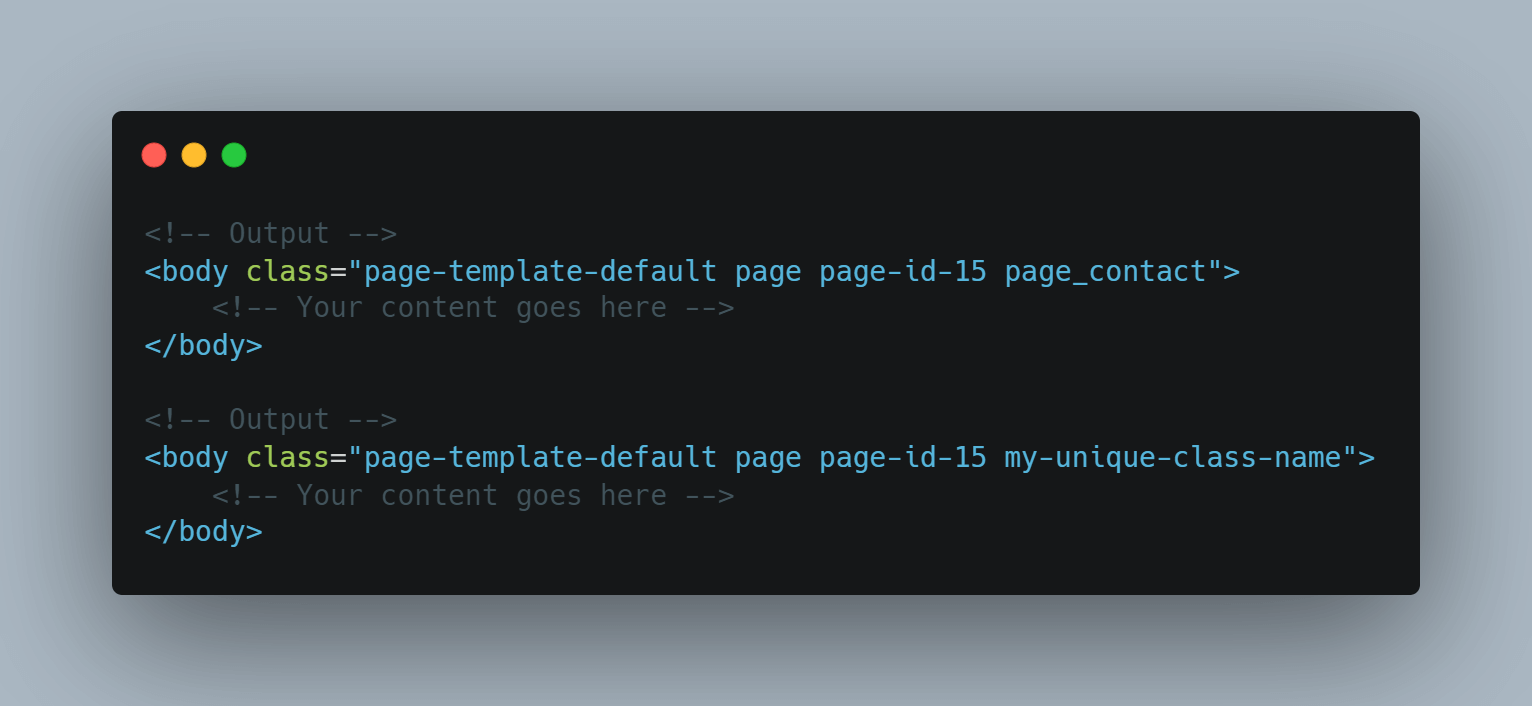
Sometimes you may need to add specific class names to the HTML body tag. WordPress has a “body_class” function that outputs the class names to the body element. In this post, I will show you different use cases of the ‘body_class’ and you’ll know the following: How to add page slug to the body class Go to your WordPress theme folder and open the “functions.php” file. Copy and paste the following code, and save the file. Go to your website & open any page, and now you’ll see the page slug to the HTML body tag. For example- if you […]
Read More →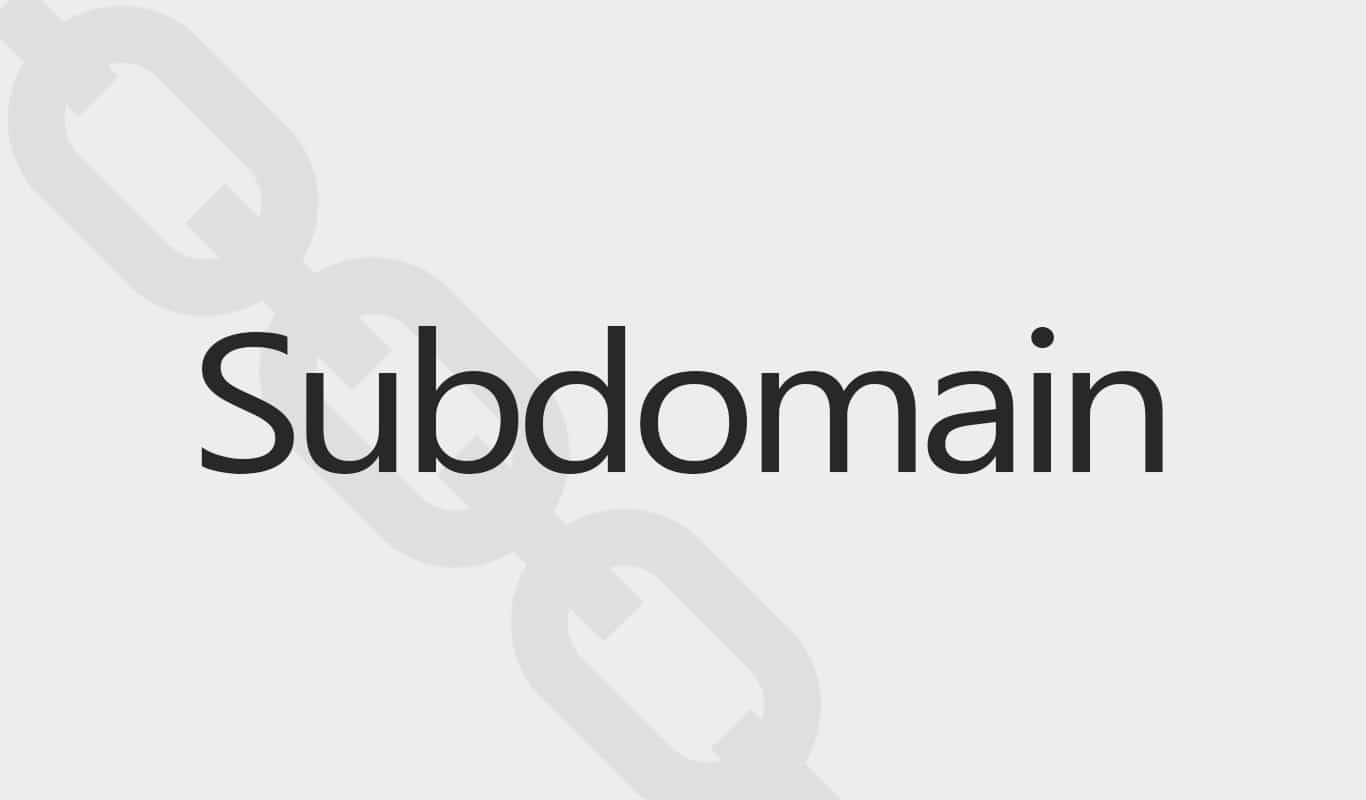
A subdomain is manually created as an additional part of your primary domain. For example, you can name it “support.your-domain.com” or anything you like. Note that you can not create a subdomain through your domain registrar company. You need to create the subdomain on your hosting or cPanel. To give you one more example of a subdomain, go to “blog.hubspot.com,” and you’ll see a different website. That means “blog.hubspot.com” is a subdomain of “hubspot.com.” I hope it’s clear to you now. Let’s see how to create one. How to create a subdomain Step 1: Log in to your hosting and […]
Read More →
Navigate to “Settings » Discussion” and look for the first section “Default post settings.” Once you find that, uncheck the first option “Attempt to notify any blogs linked to from the post.” And “Save Changes.” It will disable/stop all the pingbacks on your WordPress website/blog posts. Pingbacks are the internal (also external) linking notification that shows in your “Comments” section/menu on the WordPress dashboard. It tells you that one of your blog posts has been linked with another. Pingbacks are not a bad thing but it’s annoying. Because every time you make an internal link, WordPress will notify you both […]
Read More →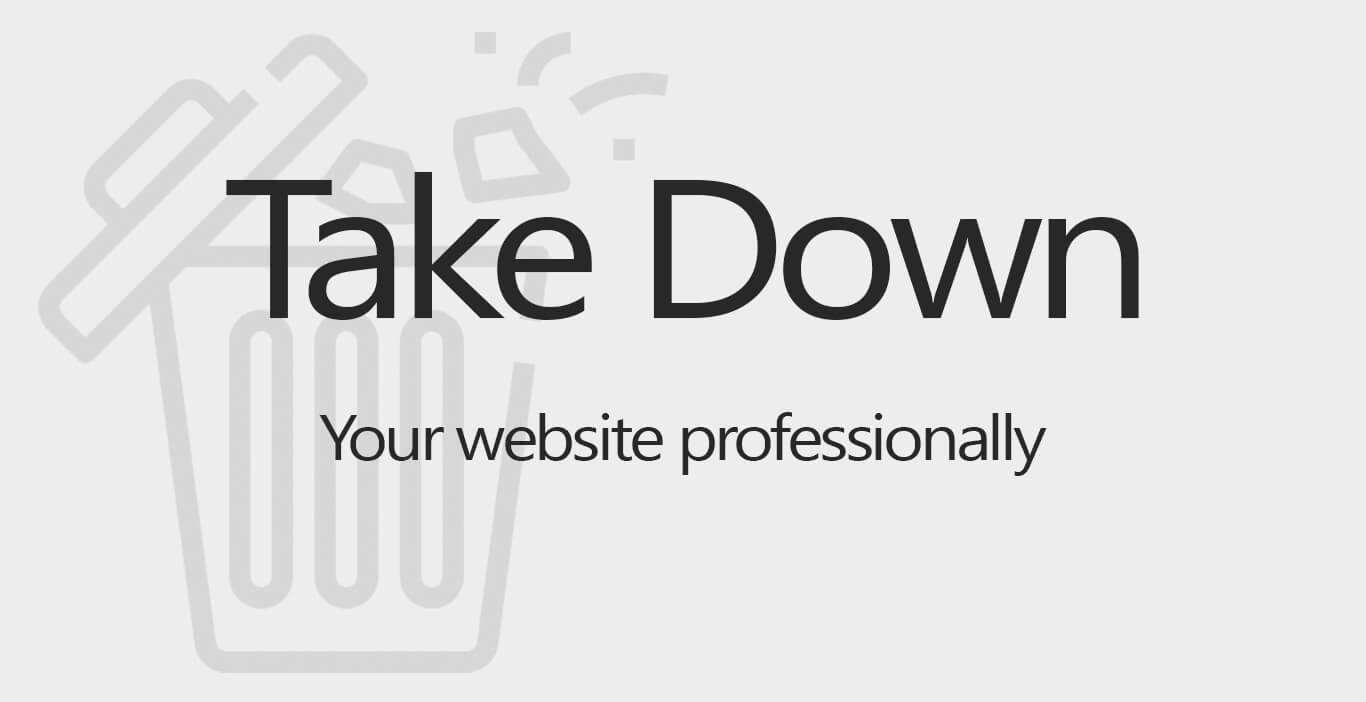
Sometimes you may need to delete your website. But there is a safe & professional way to do it. You can remove the website with a few clicks but it’s not the end. The search engines will still show your web pages on the internet. Also, there are other people who may buy your domain and may create a different website on it. As a result, your audience might be confused and even victims. So what to do when you don’t need a website? Let’s see how to handle this situation safely & professionally. How to take down a website […]
Read More →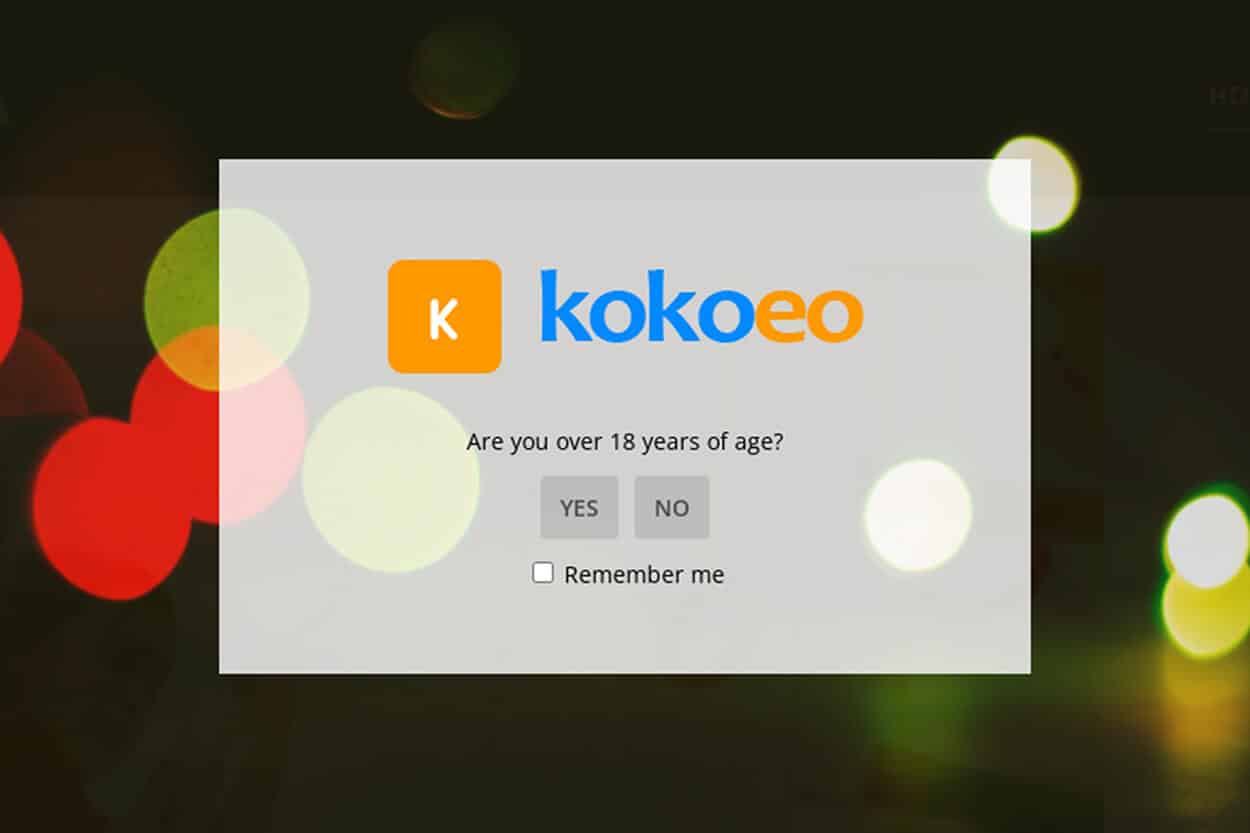
Do you want your visitors to verify their age before entering the website? In this post, I will show you the easiest way to add an age verification page to your WordPress website. There are lots of free and premium plugins for age verifications. In this post, I will show you the best & free plugin for age verification. Age Gate is one of the best plugins for restricting your website content based on age. I tested multiple plugins before writing this post. Let’s see how it works. Once you install & activate the plugin, you’ll get an extra menu/option […]
Read More →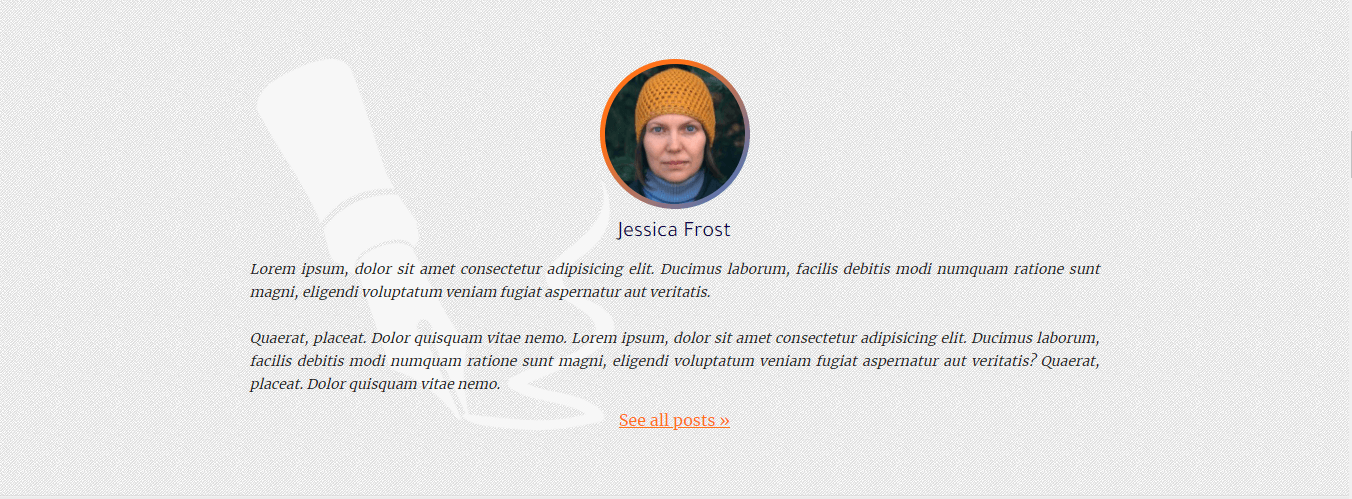
Do you want to display the author’s biography in every single post? In this post, I will show you how to display the author bio in every single post. The biography section will contain the photo of the author, his/her name, description, and profile link. See the top image as a reference. Navigate to your WordPress theme, and open the ‘single.php’ and paste the following code where you want to display the post author’s biography. Don’t worry, I will explain the code later: Once you save the file, you’ll see the post author’s biography. As I said earlier, it will […]
Read More →
Do you want to display all the authors on your WordPress website? In this post, I will show you how to display the list of authors on your website. Also, I will show you two types of author lists. The first layout will contain authors’ profile pictures, names, and profile links. And the second layout will contain the name (clickable) of the authors with post count. Let’s get started. Display all authors with profile photo, name & URL: First of all, I will give you the code and then explain. Copy & paste the following code where you want to […]
Read More →
Due to an SMTP issue, your WordPress website may not send password reset emails or even it may stop sending any emails. At this moment, you won’t be able to fix the issue because you have to log in to the admin dashboard. Anyways, if you forgot your username & password, and if you do not receive the password reset email, this post will walk you through the process to gain full access to your website. In some cases, people complain that their password is not working and WordPress does not send any password reset links. This could be an […]
Read More →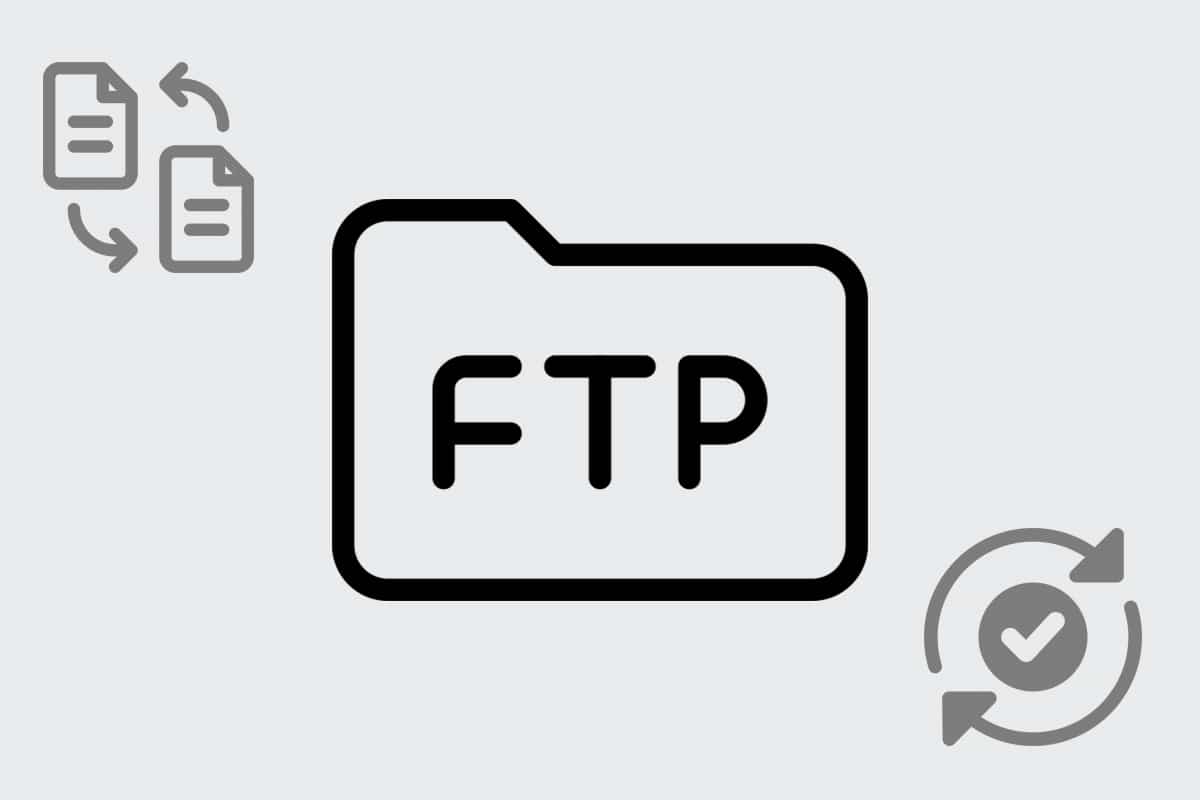
This post will show you how to create an FTP account & how to use it (using FileZilla). This process of creating FTP accounts will work on Bluehost, Hostgator, GoDaddy, and any other hosting platforms that have cPanel. How to create an FTP account? Follow the steps below in order to create an FTP account. Step-1: Login to your hosting account. Navigate to the cPanel and look for “FTP Accounts.” You will find it under the “Files” section. Click on the “FTP Accounts“. Here you will find all of your FTP accounts (if you have previously created some). But if […]
Read More →